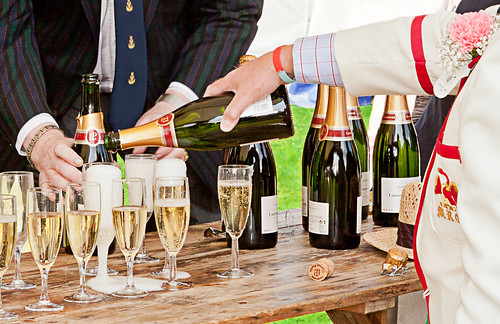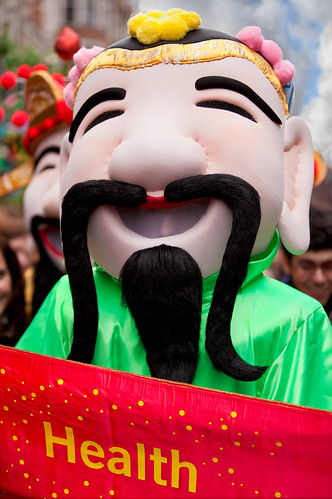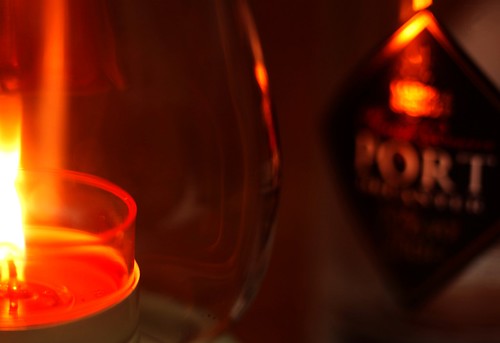Photographic composition happens on two levels.
First you should work to understand the scene at the basic level – the ‘elements’ that catch the eye and draw the viewer in. Then you should think about how to construct the overall composition. A photograph is all about the impact you create in your viewers mind. Composition is about constructing that impact.
The principles of art, design and photography
In Easy introduction to ‘visual elements’ in photographs we examined the elements of a photograph. The visual elements in a scene are the components that enable us to distinguish objects from one-another. They are the patterns we see from which we make sense of the world.
Organising the visual elements into a coherent photograph requires a higher level of composition. This is the layer of design. It is the layer that artists, including photographers, use to create an overall composition. One that lies above the native elements of the scene.
These principles pull together the elements in the scene. There are eleven of the “Principles”. However, some are so intimately mixed that people sometimes combine them. They are all in there however, they are presented. Here they are:
- Balance: The state of creating visual equilibrium between elements in the picture.
- Contrast: Conditions within the picture that emphasize differences, conflicts, opposition, between the elements.
- Emphasis: The establishment of a focal point, or centre of dominance in a picture.
- Variety: The visual interest that draws a number of different elements together.
- Unity: The concept behind the picture, the comprehensiveness of the scene, the oneness of the message.
- Harmony: Overall visual continuity achieving the unity in the theme; the wholeness of the elements; simplicity; uncluttered; conditions that emphasize similarity, peace and flow.
- Proportion: Controls the size relationships of the different elements or components in the scene.
- Rhythm: The use of visual elements to induce regular movement, a visual repetition or tempo.
- Movement: Can be either a combination of elements to depict action/movement; or a dynamic design to draw the eye through the picture.
- Pattern: The repeating of one type of element to create a picture (or form a major part of one).
- Repetition: A combination of elements used many times to create a harmonious whole.
More after this…
Examples – a slide show!
It is difficult to take these principles out of context and understand them straight away. Here is a short slide show by Chandler Studio Art. The examples pull the concepts together. However, you should remember the ideas from the post on Easy introduction to ‘visual elements’. Because the ‘Principles’ pull them together. The author revises the elements in the beginning and asks you to remember them again at the end, before summarising the Principles.
Click the bottom arrows to move back or forward on the slides. Use the four arrow symbol (Right end) to expand the slide to full screen size.
Elements of Art (A Glossary entry).
Principles or Art (A Glossary entry)..
Easy introduction to ‘Visual Elements’ in photographs
Composition Resources on Photokonnexion.
Simple ‘Principles’ of photographic composition.
Definition: Composition (A Glossary entry).
Definition: Texture (fine art; photographic composition) (A Glossary entry).

Damon Guy (Netkonnexion)
See also: Editors ‘Bio’.
See also: Profile on Google+.







